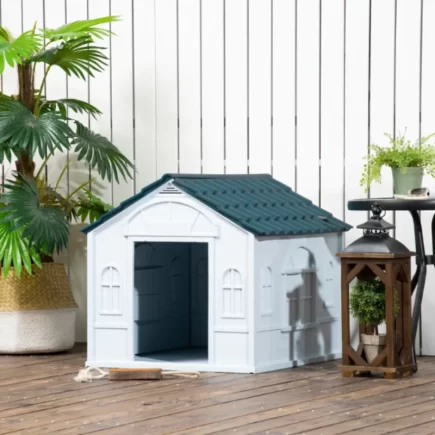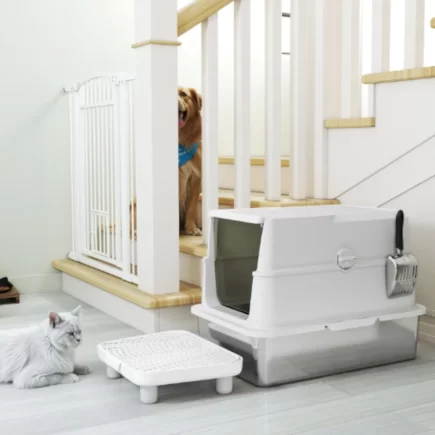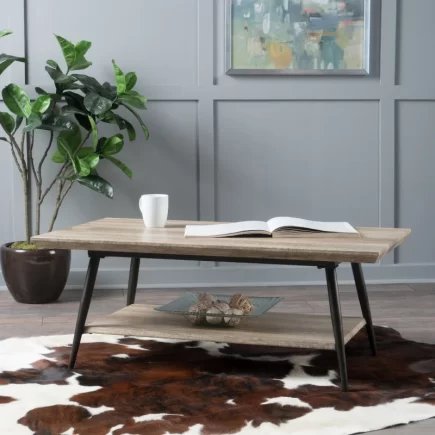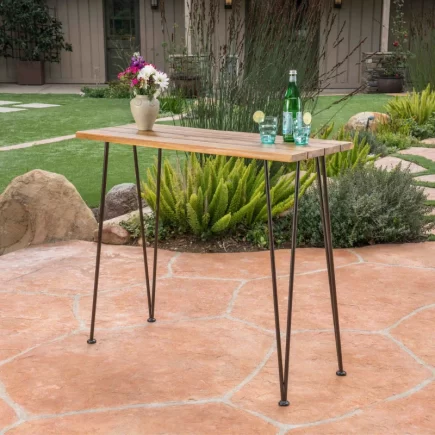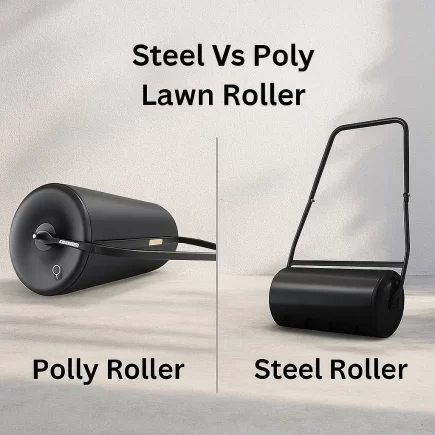
Nothing quite compares to sinking into your recliner after a long day, feeling the comfort and relaxation it brings. However, if your recliner starts rocking when it shouldn’t, that tranquillity quickly fades into frustration. A rocking recliner that sways or tilts when you want to sit still can lead to discomfort and even safety concerns, especially for families with small children or pets. Understanding how to stop a recliner from rocking can help restore the balance and ensure that your recliner remains a stable and safe spot for relaxation.
7 Solutions to Stop a Recliner from Rocking
1. Tighten Loose Screws and Bolts

Over time, the constant movement of the recliner can loosen screws and bolts, especially in the reclining mechanism or around the base. This can cause excessive rocking and wobbling.
How to Fix It
- Flip the recliner over or lean it back slightly to access the underside of the chair.
- Use a screwdriver or a wrench to check all visible screws and bolts.
- Focus on the areas where the recliner frame connects to the seat or the rocking mechanism. Tighten any loose fasteners.
- Pay particular attention to the rocker mechanism, as these are most likely to become loose.
- After tightening, sit in the chair and gently rock to test for stability.
2. Reinforce the Recliner’s Base

A weak or damaged base can lead to instability, causing your recliner to rock when you don’t want it to. Reinforcing the base can provide the additional support needed for better stability.
How to Fix It
- Inspect the recliner’s base for cracks, wear, or damage. If you find any issues, consider replacing the base entirely.
- If the base is in good condition but feels unstable, you can reinforce it by adding extra supports.
- Attach wood blocks or metal brackets to the bottom of the base using screws or strong adhesive.
- Ensure that the added supports are evenly distributed to maintain balance and prevent the chair from tipping.
3. Use Non-Slip Pads or Furniture Grippers

A smooth or slippery floor can cause your recliner to slide around, leading to unwanted rocking. Non-slip pads or furniture grippers can increase friction and keep your recliner in place.
How to Fix It
- Purchase non-slip furniture pads made of rubber or felt from a home goods or hardware store.
- Apply these pads to the bottom of your recliner’s legs or base.
- If your recliner is on a hard floor like tile or hardwood, the pads will prevent it from moving.
- For additional grip, consider using rubber furniture grippers, which are designed to hold furniture in place more effectively.
4. Install a Recliner Wedge or Stop Block

If your recliner is rocking due to an overly active rocking mechanism, a wedge or stop block can restrict the motion and eliminate the unwanted swaying.
How to Fix It
- Purchase a recliner wedge or stop block made from rubber, foam, or wood (you can also make your own using materials like a rubber doorstop).
- Place the wedge into the rocking mechanism, positioning it where the movement needs to be restricted.
- These blocks will prevent the rocking motion by creating friction within the base, stopping the mechanism from moving too freely.
- Test the recliner to ensure the rocking has stopped.
5. Lock the Rocking Mechanism (If Available)
Many modern recliners come with a built-in locking feature that allows you to secure the reclining mechanism, preventing it from rocking. If your recliner has this feature, it’s the simplest and most effective solution.
How to Fix It
- Check the recliner for a lever, knob, or button that controls the rocking mechanism.
- Engage the locking feature by pulling the lever or turning the knob. This will prevent the recliner from rocking while still allowing the reclining function to work.
- If your recliner doesn’t have a locking mechanism, you can install an aftermarket locking device designed to work with rocker recliners.
6. Replace the Rocking Mechanism with a Stationary Base
For a more permanent solution, replacing the rocking mechanism with a stationary base will completely eliminate any rocking motion. This is ideal if you no longer want your recliner to rock at all.
How to Fix It
- Purchase a stationary base that’s compatible with your recliner model (this can often be found at furniture stores or through the manufacturer).
- Follow the manufacturer’s instructions to remove the rocking mechanism and install the stationary base in its place.
- Ensure that all parts are securely fastened and that the recliner is stable before sitting in it.
Tip: This is the most permanent fix and works well if you’ve grown tired of the rocking feature altogether.
7. Switch to a Non-Rocking Recliner (If Necessary)
If you’ve tried all the fixes and your recliner still rocks or if you simply don’t want a rocking recliner anymore, upgrading to a non-rocking recliner may be the best option. Many models are designed to stay stationary while still providing the same comfort and relaxation benefits.
Preventative Measures for Ongoing Stability

Once your recliner is stable again, it’s essential to maintain it regularly to avoid future rocking.
- Regular Maintenance: Tighten screws and bolts every few months to ensure that nothing becomes loose.
- Lubricate Moving Parts: Apply a light lubricant to the moving parts of the reclining mechanism to reduce friction and wear.
- Inspect the Base: Regularly check the base and rocking mechanism for damage or wear, and reinforce them as needed.
Long-Term Solutions for Lasting Comfort
A recliner that’s become too unstable or unpredictable can be frustrating, but it doesn’t have to stay that way. Whether you’re dealing with loose screws, worn-out springs, or faulty mechanisms, there are multiple solutions to restore your recliner to a stable and safe condition. Regular maintenance and quick fixes can go a long way in preventing rocking in the future, ensuring that your recliner remains a reliable spot for relaxation for years to come. For more options on recliners, check out Aosom’s Recliner collection, where you’ll find top-quality, non-rocking recliners to meet all your comfort needs.
FAQs
1. Are there specific tools required to stop a recliner from rocking?
To stop a recliner from rocking, you may need a screwdriver to adjust locking mechanisms, cable ties for swivel locks, or tools like bolts and wrenches if modifying the mechanism. Simple solutions, like furniture pads, require minimal tools for stabilizing the chair.
2. What are the risks of using a rocking recliner that won’t stop?
Using an unstable rocking recliner can lead to back pain, muscle strain, circulatory issues, and increased fall risk. Prolonged rocking can also contribute to joint stiffness and muscle weakness. Ensure your recliner is stable for safe, long-term use.
3. Will adding extra weight to the recliner help stop the rocking?
Not reliably. While added weight might reduce motion slightly, it doesn’t fix the underlying issue and may put more strain on the base or mechanism.
4. Can a professional furniture technician fix a rocking recliner?
Yes. If you’re unsure how to proceed or the issue is complex, a technician can reinforce the base, install a stationary frame, or address internal mechanism problems.

